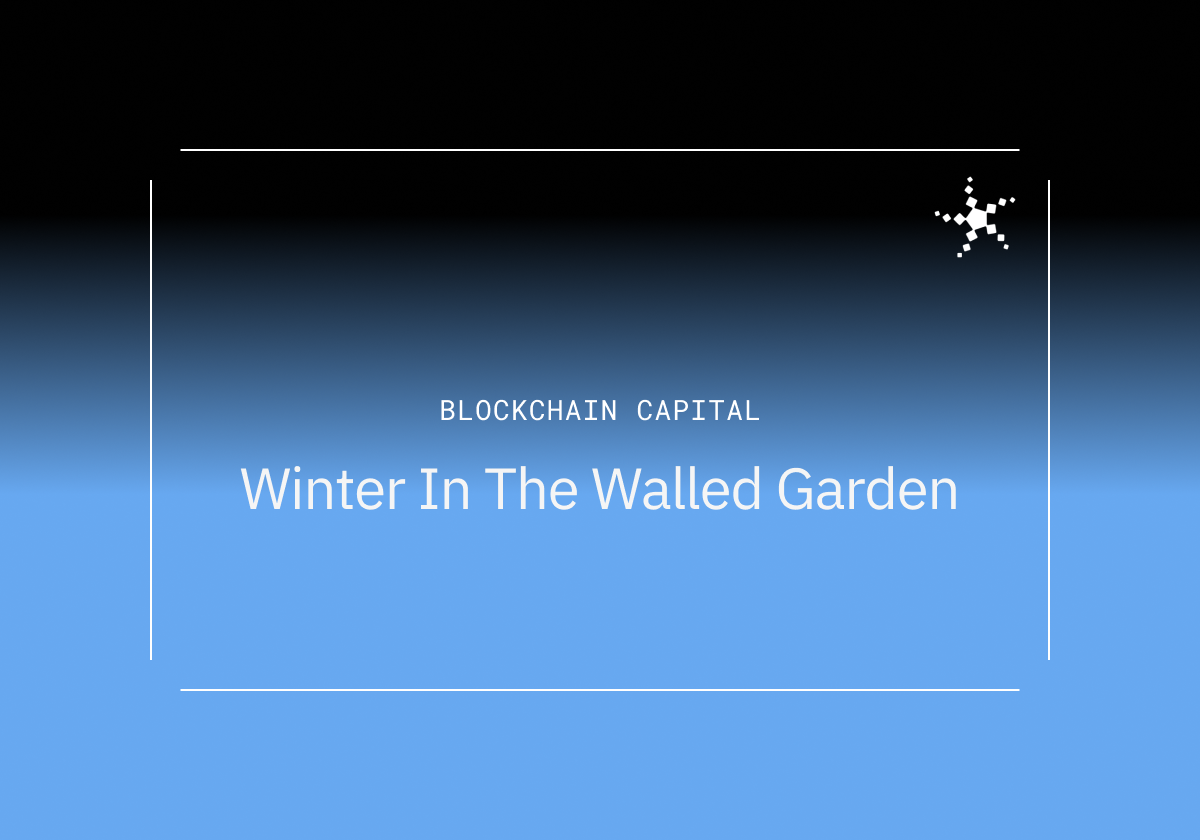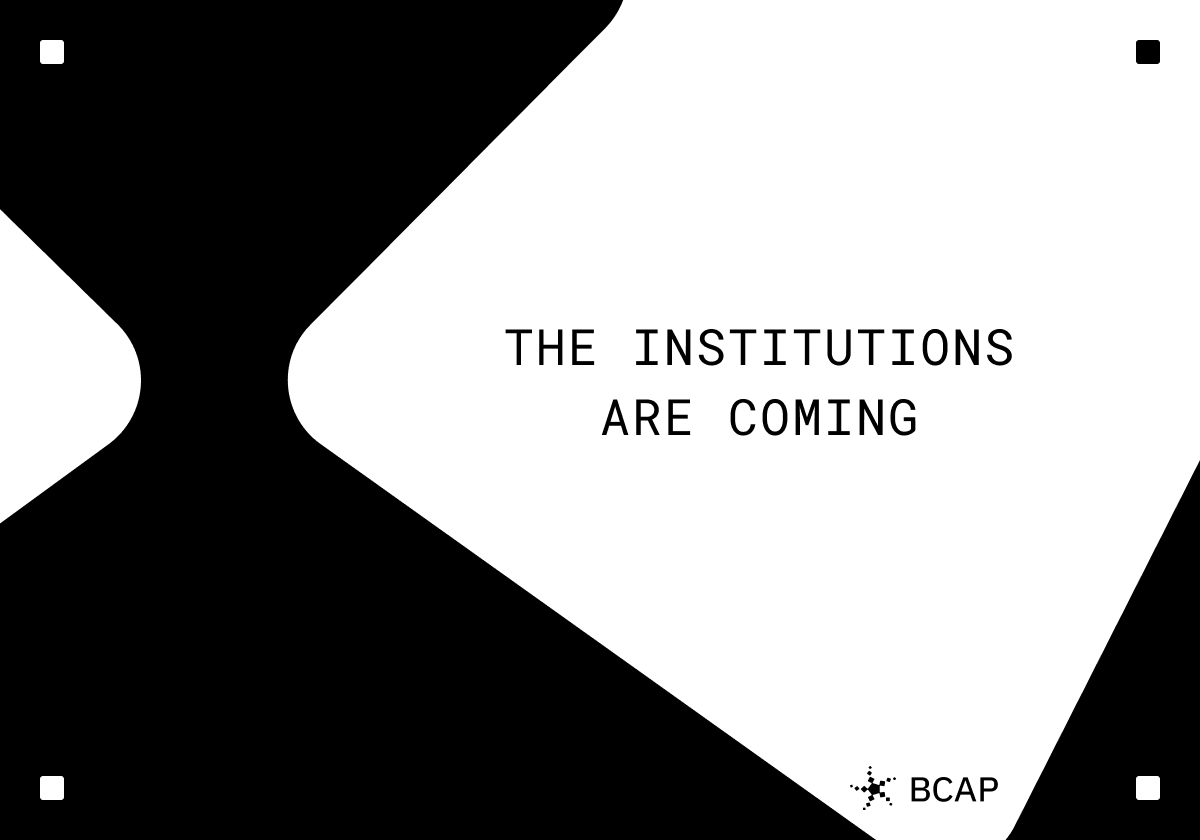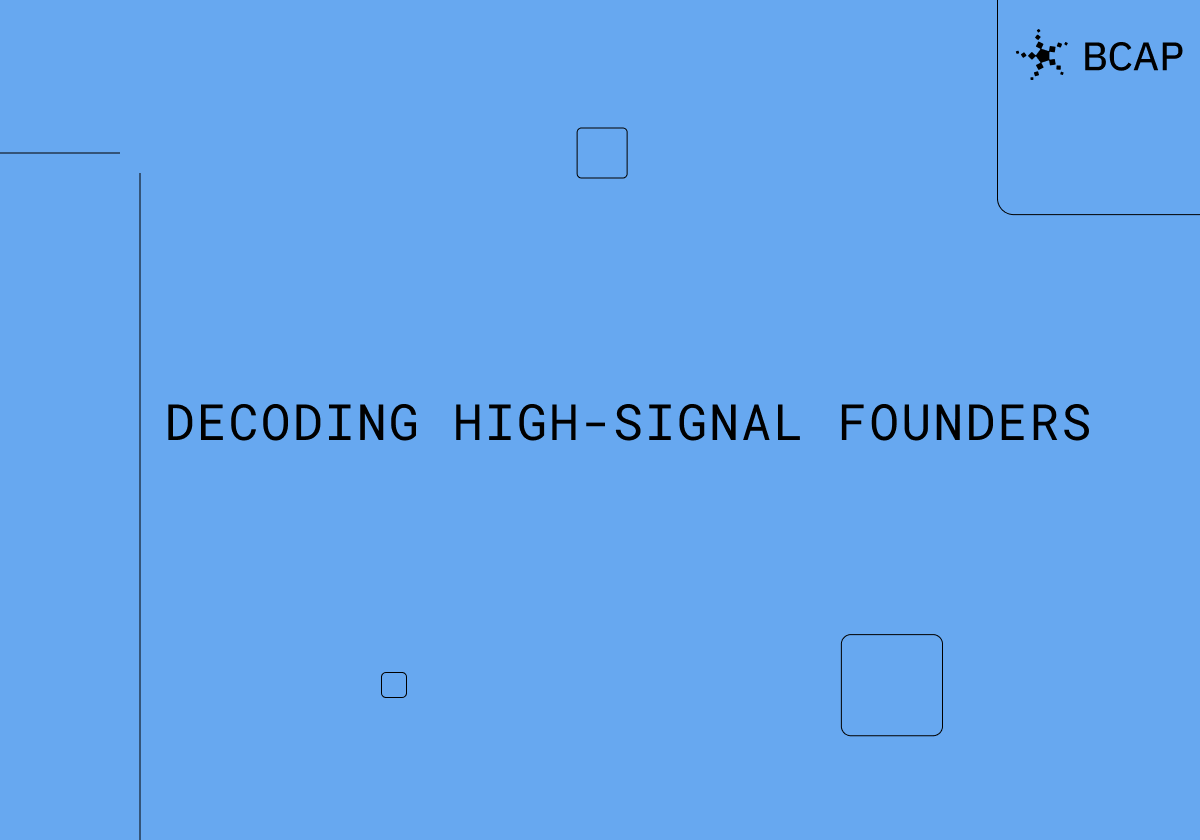
Beyond Price Appreciation: An Intro to Blockchain for Newcomers
The SEC’s recent approval of Bitcoin spot ETFs represents a pivotal advancement in the institutional adoption of blockchain technologies.
Sheathed in a familiar, regulated and liquid ETF wrapper, the technical hurdles to speculating on a digital asset are now largely mitigated. This is clearly evidenced by the continued asset growth of these funds (and speculation of more to come).
But for institutional investors, asset price volatility, sensational media coverage and regulatory scrutiny (even when arbitrary and capricious), contribute to widespread misperceptions about the technology.
Moreover, claiming that blockchain's value is solely dependent on the emergence of a 'killer app' is to overlook its foundational principle: the creation and exchange of value without intermediaries is, in itself, the killer application.
Imagine a digital landscape liberated from the constraints and fees imposed by middlemen. Such an environment promises a new era of innovation, efficiency and accessibility.
In pursuit of this vision, we seek to clarify blockchain’s unique architectural structures paving the way for this new, digital future.
From Network Effects to Oligopolies
As we all crave greater convenience, speed and affordability, a more integrated digital life emerges.
Online shoppers grew by roughly one billion globally between 2019 and 2022. E-commerce now accounts for almost 20% of global retail sales, surpassing $4.2T annually.
Global cloud computing revenue will reach nearly $680B by 2024, while spending on new data centers eclipsed $200B last year.
Gaming, already the largest entertainment category, is expected to grow total revenues by nearly 8% CAGRs, with projected ad dollars doubling by 2027.
The ubiquity of smartphones means businesses can reach global markets rapidly and cost-efficiently. Scale is a commodity.
Growth hinges on product differentiation, which increasingly centers on developing superior customer experiences.
Convenient, fast, inexpensive and cutting edge interfaces drive high customer satisfaction, propelling a virtuous cycle of growth. These network effects (see: Metcalfe’s Law) lead to market dominance and consolidation. Facebook, Google, Instagram, Netflix and YouTube serve as prime examples.
This evolution of digital engagement is well-documented; but from the customer experience perspective, Chris Dixon’s Read Write Own emerges as an elucidative work. He expertly narrates the user relationship, experience and dominant engagement model online, while simultaneously highlighting blockchain’s transformative potential.
In business terms, this dominant engagement model is simply called “as-a-service.” Here, direct ownership is replaced by fast, efficient and cheap pay-per-use or subscription-based access — all via enhanced interfaces and well-crafted customer experiences, like 1-Click.
But engaging in today's digital ecosystem requires a trade off: convenience over personal privacy.
Digital Sovereignty in a Data-Driven World
Individuals fuel a data-driven economy that capitalizes on their life's details, surrendering autonomy to algorithms that prioritize profit over privacy. The data our online activities generate becomes the currency that funds innovation and drives value creation.
However, in today’s internet, a few dominant platforms control this data and monopolize value accrual, concentrating wealth and influence.
Building a digital landscape beneficial to all requires a new coordination engine prioritizing open development, user consent, data portability and fair compensation for online value creation.
Blockchain technology offers a definitive blueprint for a universal digital coordination layer. By removing intermediaries, blockchains restore complete control over our data and the value derived from our online activities. They transform the digital landscape by aligning communities around shared incentives, goals and values. Equitable distribution and user empowerment are foundational realities, not just ideals.
Aligning Incentives, Establishing Computational Integrity
In our current digital ecosystem, the owners of hardware inherently control the software that runs on it, dictating the terms of its distribution and access by end users. This spans from personal computers to smartphones to massive data centers.
But data centers are expensive and running large, centralized facilities creates efficiencies. This also concentrates influence amongst a few, large hardware owners (guess who?).
By utilizing distributed computing, blockchains challenge the traditional dynamics between hardware and software. This distributes control across an entire network, shifting influence from the center to the periphery. Similar to a shared digital notebook that everyone can see and use, but no single person controls, blockchains allow strangers to collaborate, create and capture value.
Direct, peer-to-peer interactions foster a more inclusive, collaborative and prosperous digital environment. However, peer-to-peer models require trust and alignment.
When properly aligned, incentives are foundational in shaping human behavior and coordination. When linked with economic security – established through consistently applied legal frameworks and personal property rights – they create a self-reinforcing ecosystem.
Blockchain architecture inherently embeds incentive alignment and property rights through consensus algorithms, tokenomics and smart contracts. These tools, defined below, ensure that participants are rewarded for actions that contribute to the network's security, efficiency and overall value.
- Consensus Algorithms: These are the foundational rules governing the collective agreement across globally distributed computers (nodes). They maintain the integrity and trustworthiness of a blockchain, facilitating a transparent and immutable record of transactions without a central authority. Consensus algorithms are like a neighborhood where each home (node) votes to agree on a decision, ensuring fairness, trust and equality.
- Tokenomics: Merging traditional market mechanisms – like scarcity, value accretion, alignment, governance and utility – forges a new digital-economic frontier where strategic incentives underpin every transaction, fostering behaviors that bolster a network's growth and security. Tokenomics should align financial outcomes and incentivize actions that benefit and secure the entire network's growth.
- Smart Contracts: These are digital self-enforcing laws. They automatically enforce the terms of an agreement based on predefined rules, without the need for intermediaries or manual oversight. They can handle multi-step processes, conditional transactions and agreements between multiple parties.
- Immutability: A fundamental characteristic of the blockchain itself, resulting from the combination of these technologies rather than a category on its own. Immutability ensures that once a transaction or piece of data is added to the blockchain, it cannot be altered or deleted, providing secure and trustworthy provenance.
Collectively, these foundational innovations establish the groundwork for blockchain’s potential to revolutionize myriad sectors.
Echoing Henry Ford's observation that, if asked, people would prefer "faster horses" to the then-unimaginable automobile, today many fail to grasp blockchain's revolutionary potential. The parallels between Ford's automotive revolution and the blockchain revolution are striking: the challenge is not just technological, but perceptual.
Despite its potential, blockchain's success faces hurdles, including scalability, regulatory acceptance and combating powerful entrenched interests, to name a few.
But this isn't about creating faster horses; it's about catalyzing a seismic shift to ensure everyone, everywhere, can participate in a globally integrated and inclusive digital society.
Transitioning from conceptual to practical, upcoming essays will investigate how blockchain crafts a more accessible, permissionless digital ecosystem and examine the groundbreaking role of cryptographic breakthroughs, such as Zk proofs and programmatic trust, in enhancing transaction security, computational integrity and scalability.
The views expressed in each blog post may be the personal views of each author and do not necessarily reflect the views of Blockchain Capital and its affiliates. Neither Blockchain Capital nor the author guarantees the accuracy, adequacy or completeness of information provided in each blog post. No representation or warranty, express or implied, is made or given by or on behalf of Blockchain Capital, the author or any other person as to the accuracy and completeness or fairness of the information contained in any blog post and no responsibility or liability is accepted for any such information. Nothing contained in each blog post constitutes investment, regulatory, legal, compliance or tax or other advice nor is it to be relied on in making an investment decision. Blog posts should not be viewed as current or past recommendations or solicitations of an offer to buy or sell any securities or to adopt any investment strategy. The blog posts may contain projections or other forward-looking statements, which are based on beliefs, assumptions and expectations that may change as a result of many possible events or factors. If a change occurs, actual results may vary materially from those expressed in the forward-looking statements. All forward-looking statements speak only as of the date such statements are made, and neither Blockchain Capital nor each author assumes any duty to update such statements except as required by law. To the extent that any documents, presentations or other materials produced, published or otherwise distributed by Blockchain Capital are referenced in any blog post, such materials should be read with careful attention to any disclaimers provided therein.
No Results Found.








.jpg)



.png)
.png)
